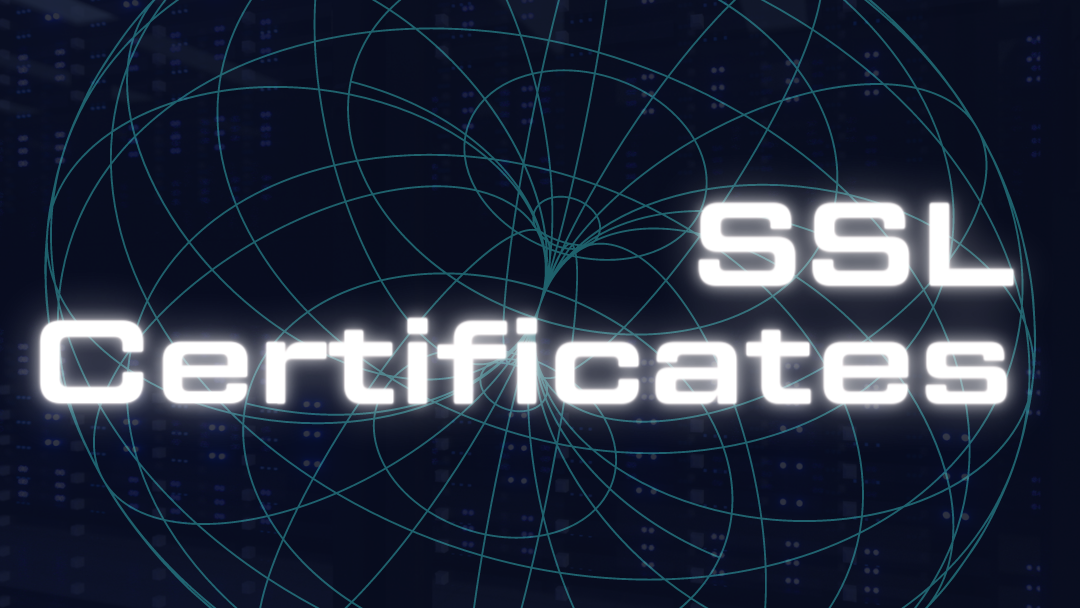Precautions for Rotating SSL Certificates

In the age of escalating cyber threats, protecting your digital assets is paramount. At the heart of this protection lies the proper management of certificates which facilitate secure and authenticated communication between systems. AWS Certificate Manager (ACM) has emerged as a trusted solution for this task. This blog post will guide you through the careful and meticulous process of rotating these certificates, emphasizing the specific precautions required when using ACM.
Decoding the Function of Certificates
Embarking on the journey of certificate rotation necessitates a clear understanding of the role played by certificates in digital communication. Serving as pillars of secure data exchange, these cryptographic tools verify that you are indeed communicating with the genuine party and not falling prey to malicious entities. A slip in managing these certificates can open your systems to grave security threats, underscoring the need for caution during certificate rotation.
Structuring Your Certificate Rotation
Rotation of certificates should never be an impromptu action but rather a process that unfolds with precise planning. It’s advisable to carry out this process during periods of low activity to circumvent potential user experience issues. A comprehensive plan that lays out a timeline and enumerates every system connected to the certificate up for rotation will ensure no system is left unattended during the process.
Securing TLS Compatibility
As you tread the path of certificate rotation, a pivotal precaution is to ensure the compatibility of your new certificate with the Transport Layer Security (TLS) protocols implemented in your systems. Older systems may not be equipped to support newer iterations of TLS or specific cipher suites. Therefore, compatibility checks between the new certificate and all the TLS versions and cipher suites in use by your systems are a must.
Guaranteeing Subject Alternative Name (SAN) Compatibility
Another checkpoint in the process is the compatibility of Subject Alternative Name (SAN), which allows a single certificate to secure multiple domain names. You must validate that your new certificate is compatible with every domain name included in the old certificate’s SAN. Any lapse here can lead to SSL warnings or even SSL handshake failure.
Avoiding Wildcard (*) Certificates
Wildcard certificates, marked by an asterisk (*), offer a seemingly convenient way to secure all subdomains under a primary domain. However, this convenience could cost you dearly in terms of security. In the event of a compromise, a wildcard certificate leaves all your subdomains vulnerable. A safer route is to opt for individual certificates for each subdomain or use SAN certificates.
Ensuring Server Name Identification (SNI) Checks
Server Name Identification (SNI) is an extension of the TLS protocol that enables the server to present multiple certificates from the same IP address and port number. While rotating certificates, correct SNI configurations for the new certificate are critical. A misstep here can result in serving the incorrect certificate to users, leading to SSL errors and potentially shaking user trust.
Safe Removal of Old Certificates
Once your new certificate is successfully deployed and operational, it’s time to safely detach the old certificate from all resources. Holding onto an expired or outdated certificate can trigger errors or failures. The primary cause of these potential failures is tied to load balancers or other devices presenting the outdated certificate to clients due to caching of SSL sessions for performance optimization. This mismatch between the active certificate and the one presented to the client can cause SSL errors, tarnishing the user experience. After successful rotation, ensure the old certificate is detached from all AWS resources and services using the certificate are refreshed or restarted.
Certificate Pinning
If you have implemented certificate pinning (hardcoding the certificate or public key in an application), make sure to update the pinned certificate or public key in all your applications. Failing to do this will cause SSL errors in applications where the old certificate has been pinned.
Maintaining Regular Monitoring and Testing
Following certificate rotation, regular monitoring and testing of your services should be an ongoing process. Continual checks on the performance and security of your services can help nip emerging issues in the bud and confirm all functionalities dependent on the certificate are in optimal working condition.
By following these precautions during certificate rotation, you not only facilitate a seamless transition but also mitigate potential disruptions and uphold your system’s security.